
The event attracted representatives from management agencies, research institutes, associations and businesses to discuss technology application solutions to remove long-standing bottlenecks in the agricultural sector.
Vietnam, especially in the fruit and vegetable industry, has the potential to export billions of dollars, but production is still mainly small-scale, dependent on experience, and even overuses chemicals, making quality control and traceability difficult. The deployment of artificial intelligence (AI) and digital transformation (DX) is considered an inevitable direction to increase value and competitiveness, although there are still major obstacles in terms of cost and human resources.
Accordingly, at the workshop, experts provided a comprehensive view of the industry's current situation, introducing AI platforms and low-cost application models that can be deployed right at farm households.
Mr. Nguyen Van Muoi, Deputy General Secretary of the Vietnam Fruit and Vegetable Association (Vinafruit), said that the fruit and vegetable industry is growing well. In 2024, export turnover reached 7.15 billion USD; it is forecasted that it could reach 8 billion USD in 2025. Vietnam is currently among the leading countries in exporting dragon fruit, lychee and durian.
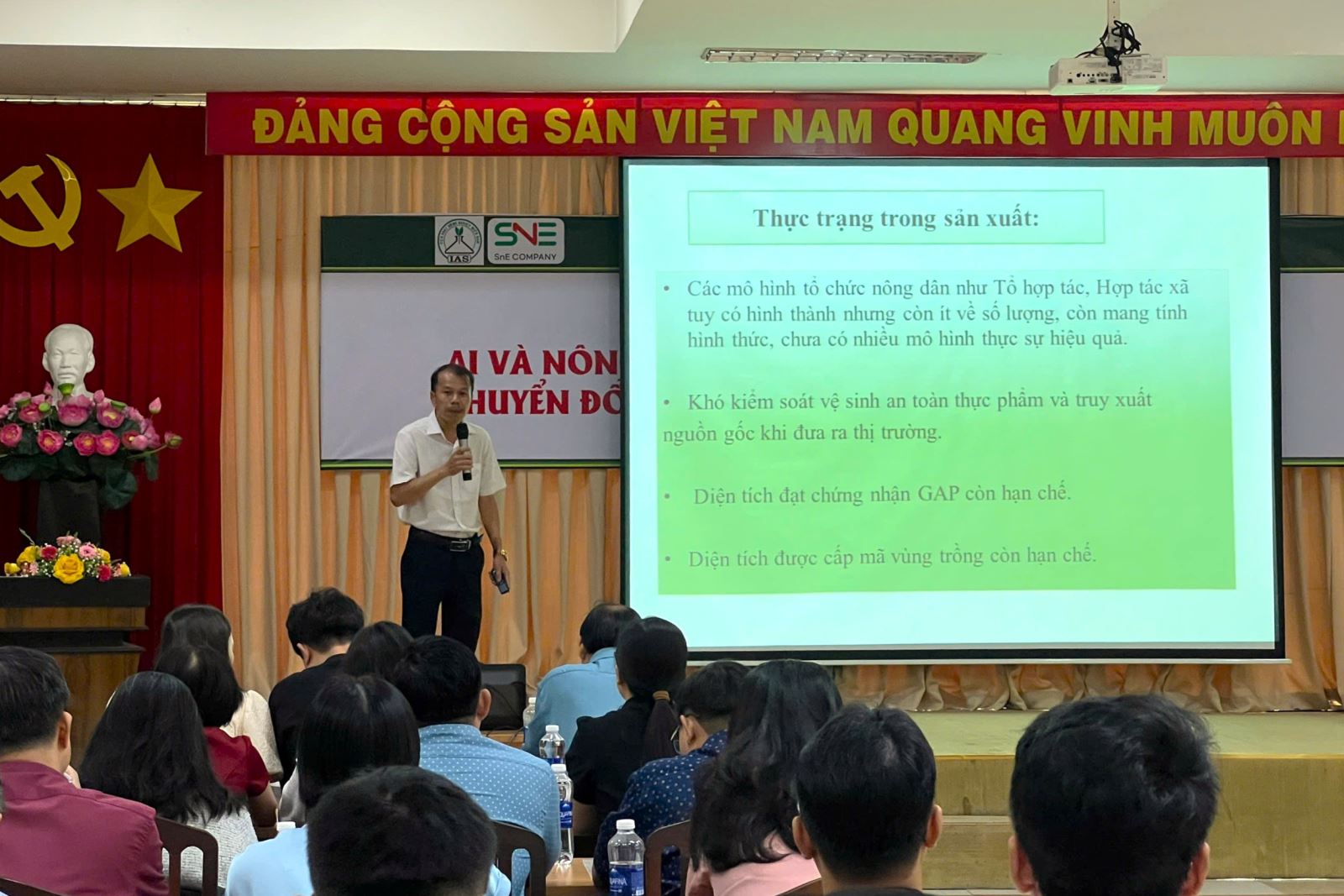
However, Mr. Muoi pointed out major bottlenecks, which are fragmented production and lack of chain linkage, leading to slow and unsynchronized application of new techniques and digital transformation. The overuse of chemicals, limited mechanization, and low rate of GAP-standard area and growing area codes continue to be barriers. Meanwhile, market trends increasingly focus on transparency of production processes and demand for environmentally friendly products, requiring the application of high technologies such as AI, IoT and blockchain.
Dr. Tran Thi Tuyet Van, Lecturer of the Faculty of Information Technology, An Giang University, also presented an overview of the role of AI in modern agriculture. According to Dr. Van, AI allows machines to simulate human thinking, based on technologies such as Machine Learning and Computer Vision. Combined with IoT, AI helps connect sensors, smart devices, crop monitoring drones or harvesting robots.
Thus, image analysis algorithms can identify plant diseases quickly and accurately, supporting farmers in making data-driven decisions, from weather forecasting to water and nutrient management. However, Dr. Van also admitted that the major barriers still lie in investment costs and lack of high-quality human resources.

Based on the actual costs and characteristics of Vietnamese farmers, Mr. Chang SeHun, CEO of SNE Company, introduced a feasible approach, which is to convert existing data (DX) before moving on to applying AI at a deeper level (AX).
Mr. Chang SeHun said that many farmers face difficulties because the cost of building a "smart farm" model can be up to 3 billion VND. Only about 4% of farmers have achieved VietGAP certification, while most farming diaries are still handwritten. SNE proposes a low-cost AI SaaS platform that can operate in an outdoor farming model without the need to invest in expensive IoT systems.
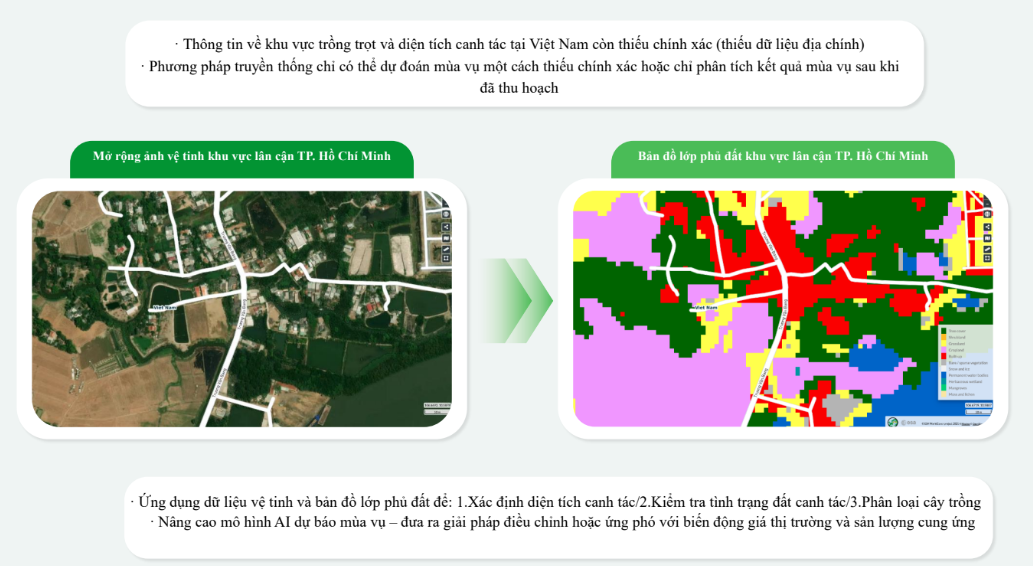
The first solution is to use AI-OCR to digitize all handwritten logs - the core step of digital data transformation. Once the data is fed into the Data Lake, the AI system analyzes and forecasts accurately. According to Mr. Chang, SNE's platform can forecast agricultural prices with over 92% accuracy, forecast yields through satellite data, and even evaluate crop growth using smartphone images.
Currently, SNE is testing these solutions in Lam Dong (durian), Bac Giang (melon), Dong Nai (pineapple) and cooperating with IAS and WinMart.

The workshop recorded a high level of consensus on the urgent need to bring AI and digital transformation into Vietnamese agriculture. However, instead of expensive "smart farm" models, a more practical approach is to focus on digitizing farming data (handwritten diaries, crop information), using AI to analyze big data for forecasting and optimization.
This approach is expected to help improve traceability, increase production efficiency for smallholder farmers, and move towards precision and sustainable agriculture.
Source: https://baotintuc.vn/khoa-hoc-cong-nghe/ung-dung-tri-tue-nhan-tao-nang-cao-gia-tri-nong-san-viet-trong-ky-nguyen-so-20251114171452732.htm





![[Photo] Unique art of painting Tuong masks](https://vphoto.vietnam.vn/thumb/1200x675/vietnam/resource/IMAGE/2025/11/14/1763094089301_ndo_br_1-jpg.webp)

![[Photo] Unique architecture of the deepest metro station in France](https://vphoto.vietnam.vn/thumb/1200x675/vietnam/resource/IMAGE/2025/11/14/1763107592365_ga-sau-nhat-nuoc-phap-duy-1-6403-jpg.webp)
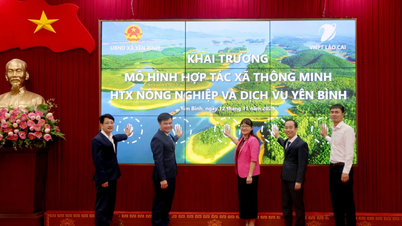

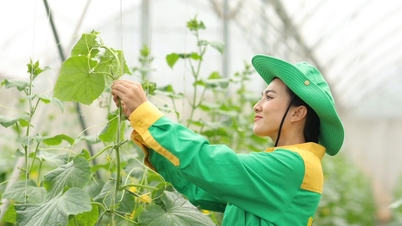

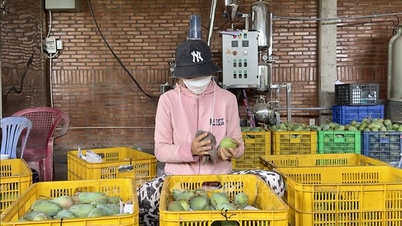
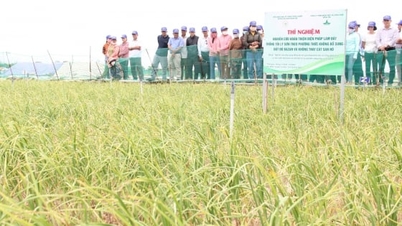






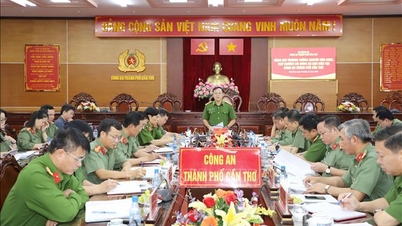



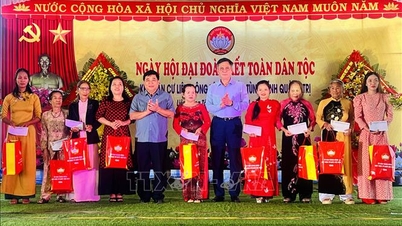
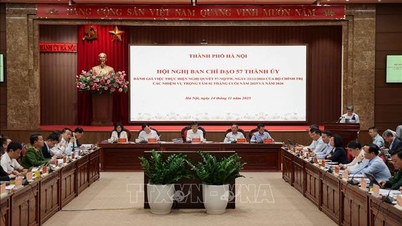








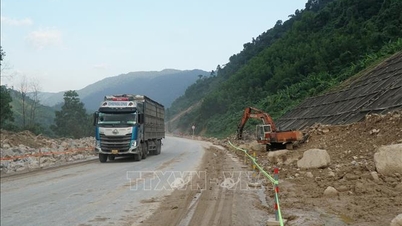
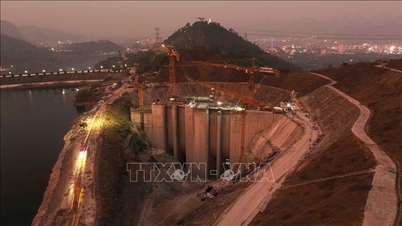
![[Photo] Special class in Tra Linh](https://vphoto.vietnam.vn/thumb/1200x675/vietnam/resource/IMAGE/2025/11/14/1763078485441_ndo_br_lop-hoc-7-jpg.webp)












































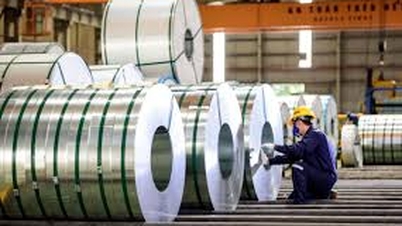


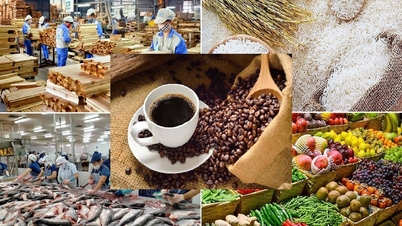



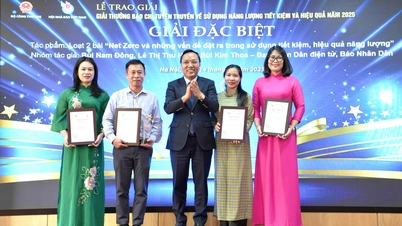





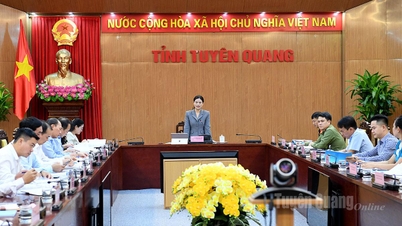



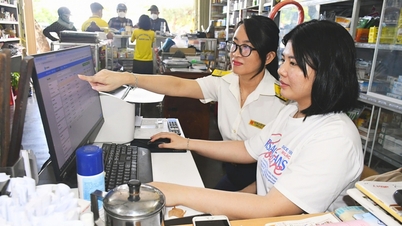












Comment (0)